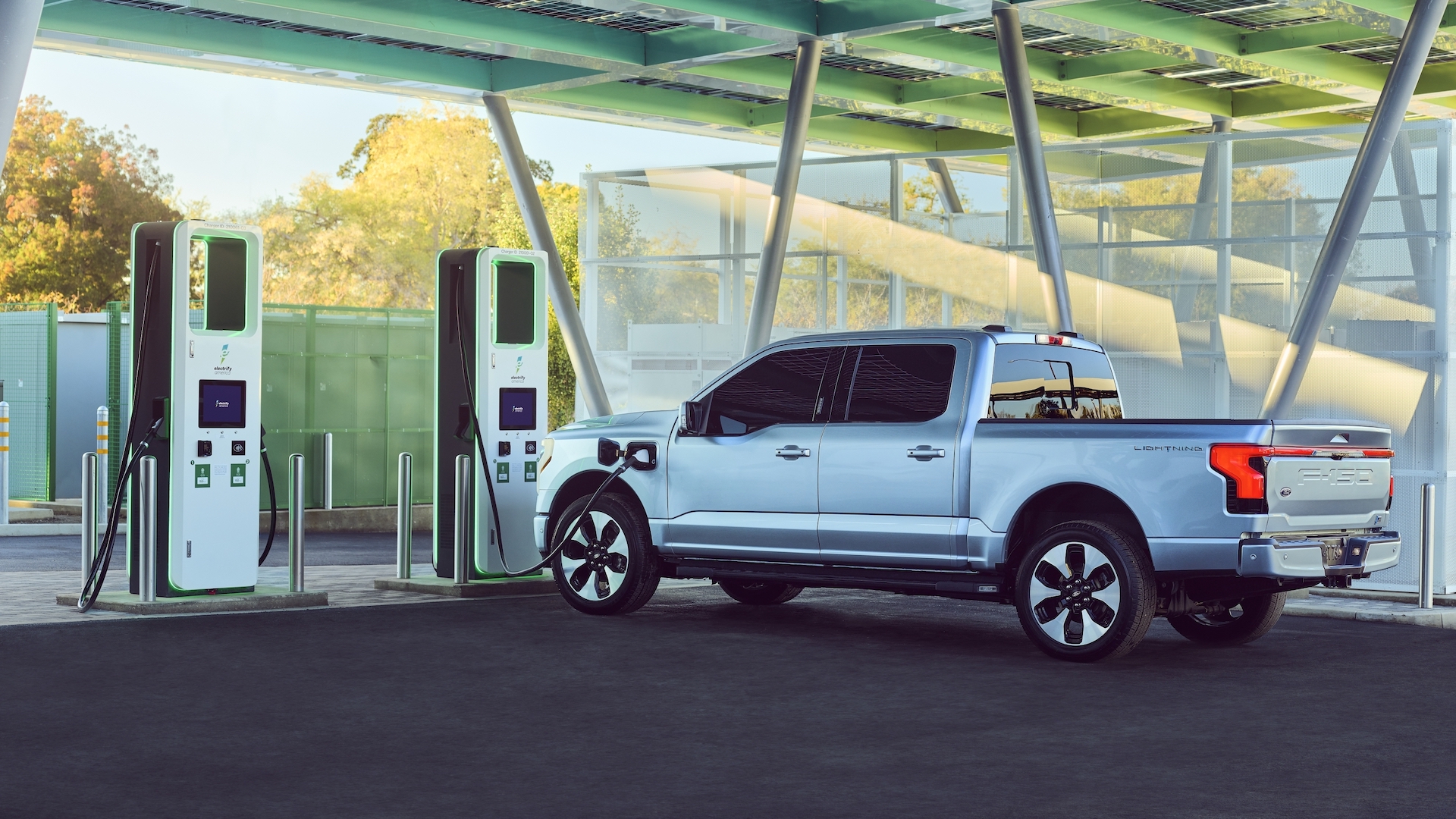

The United States will need to massively expand its electric vehicle charging network to keep pace with the projected demand for EVs, according to a report by S&P Global Mobility.
According to the report, there are more than 163,000 charging stations installed across the U.S. These include both public and private, standardized and proprietary, from Level 2 at-home and destination chargers to Level 3 DC fast-chargers and Tesla’s Supercharger network. The vast majority are L2, with about 126,500 in service, with an estimated 20,431 fast chargers and 16,822 Tesla chargers. Many of these came online within the last year, with 54,000 L2 and 10,000 L3 chargers installed in 2022.

The report anticipates that amount won’t be nearly enough to keep pace with the anticipated growth of the U.S. EV fleet. By 2025, S&P Global Mobility estimates the U.S. will have up to 7.8 million EVs on the road, up from 1.7 million as of October 2022 according to Yahoo. Up to 40% of the U.S. car market share could be EVs by 2030, S&P writes, bringing the domestic EV fleet to 28.3 million.
Keeping them charged is estimated to require quadrupling the number of chargers, boosting the number of L2 chargers to 700,000 and L3 chargers to 70,000. To continue meeting demand, the network would have to double again by 2030, reaching 2.13 million L2 chargers and 172,000 L3—not including those installed in homes. While the Biden administration has pledged to fund the installation of 500,000 charging stations, these account for a small fraction of the volume S&P projects that will be needed.
Charging infrastructure development may not be evenly dispersed around the country, as the U.S.’s EV demand so far hasn’t been. Californians own the largest fleet of EVs in the U.S., with 36.9% of the nation’s total, dwarfing second-place Florida at 7.4$. Adding in third-place Texas, with 5.8%, and these three states combine to account for just over half (50.1%) of the U.S. EV fleet.
Got a tip or question for the author? You can reach them here: james@thedrive.com